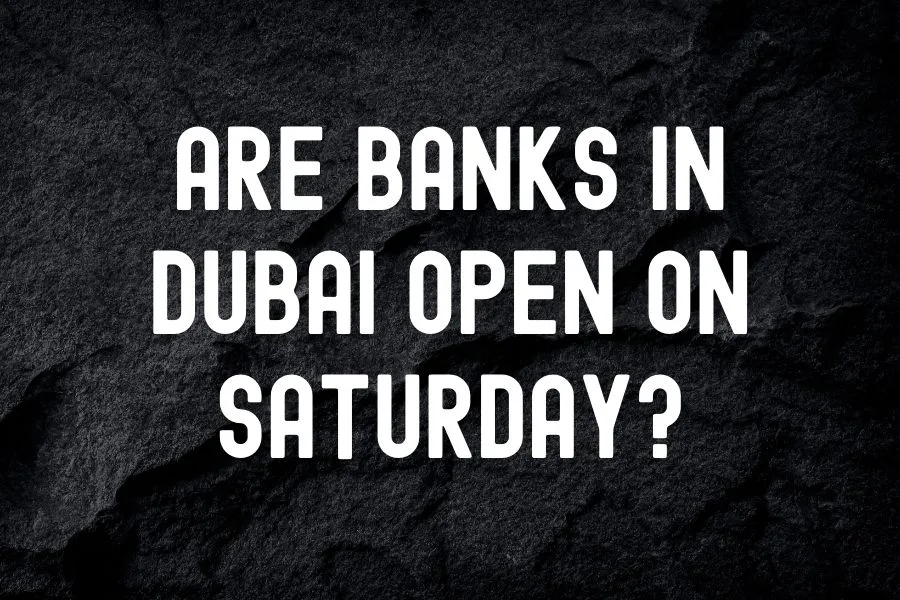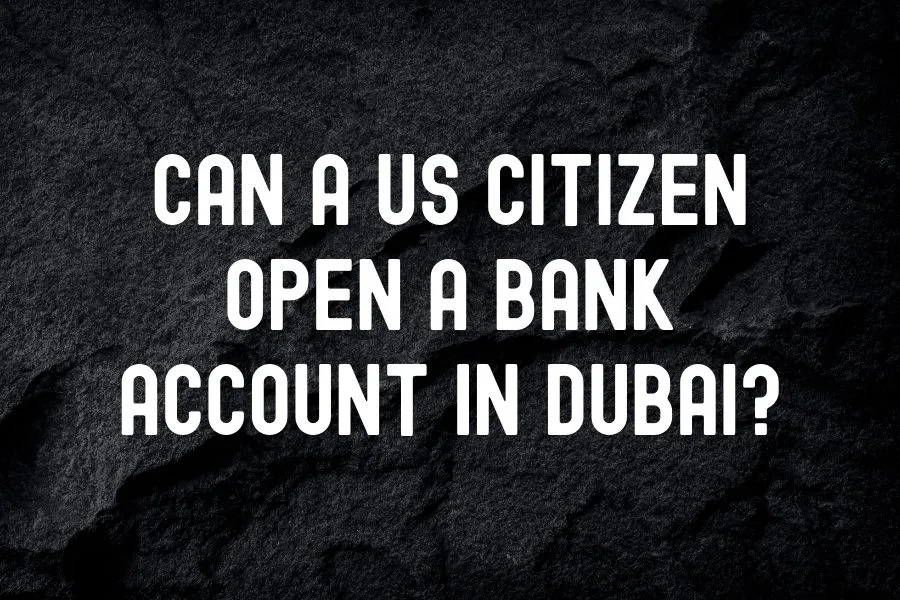1) Why Dubai is accelerating digital finance
Dubai’s financial sector sits at the crossroads of MEASA flows and increasingly competes for global mandates. Policy has leaned in: a national Financial Infrastructure Transformation (FIT) programme to upgrade core rails, a city-scale regulator in the Virtual Assets Regulatory Authority (VARA), and an English-law common-law free zone in the Dubai International Financial Centre (DIFC) with its own courts and data law. The result is a predictable, innovation-friendly environment backed by concrete infrastructure.
2) Policy stack: Open Finance, privacy, cloud & virtual assets
Open Finance
Open Finance is now formalized nationally. The Central Bank’s Open Finance Regulation and the Open Finance Framework (2025) define licensing, a centralized API hub, and a trust framework (directory, certificates, standards)—operated with Al Etihad Payments (AEP) and ecosystem partners. This moves the market beyond basic open banking into insurance, investments, and pensions with consented data sharing.
Data protection
Two layers matter. Federally, the Personal Data Protection Law (PDPL) sets rights, breach duties, and the UAE Data Office. Within DIFC, the DIFC Data Protection Law No. 5 of 2020 aligns closely with global norms (e.g., GDPR-style principles) and provides detailed guidance on DPIAs, cross-border transfers, and enforcement.
Cloud & outsourcing
Modernization is coupled with risk controls. The Central Bank’s Outsourcing Regulation and Standards (plus cloud guidance) outline governance, due diligence, concentration risk, and exit planning for material outsourcing and cloud adoption.
Virtual assets
Dubai’s VARA Regulations (updated version effective 19 June 2025) set out market-wide rules for virtual asset activities. In DIFC, the DFSA continues to refine its crypto-token regime through consultation and amendments to ensure consistency with international standards.
3) Real-time rails: Aani and the always-on economy
Aani—the national instant payment platform operated by AEP—processes 24/7 account-to-account transfers in seconds and supports proxy identifiers (like mobile), QR payments, request-to-pay, and split payments. It’s a flagship FIT programme deliverable and the foundation for embedded finance, instant payroll, and merchant QR acceptance.
| Rail / Policy | What it does | Why it matters |
|---|---|---|
| Aani real-time payments | Instant A2A transfers, proxy IDs, QR, R2P | Low-cost, interoperable, 24/7 cash-flow |
| Open Finance Framework | API hub + trust framework | Secure, consented data & transaction initiation |
| Privacy (PDPL & DIFC DP Law) | Rights, breach notification, DPIAs | Trust, cross-border compliance |
| Outsourcing & Cloud | Governance & risk controls | Safe modernization at scale |
4) Digital identity & KYC utility
Dubai unified its blockchain-enabled corporate KYC consortium—launched by Dubai Economy and DIFC—into a national e-KYC utility, enabling fast, secure onboarding and data sharing between licensing authorities and financial institutions. For banks and fintechs, this reduces manual checks and accelerates time-to-revenue.
5) CBDC & cross-border: the Digital Dirham and mBridge
The UAE’s Digital Dirham is progressing under the FIT programme. The Central Bank has published updates on design and policy, with public statements indicating an intent to introduce retail CBDC in late 2025 subject to readiness. Cross-border, the UAE is a founding participant in Project mBridge, which reached MVP stage and continues trials of real-value wholesale CBDC payments among participating jurisdictions.
6) Digital banks, DIFC growth & the fintech stack
- Digital banks & propositions: Zand received a CBUAE banking license; Emirates NBD’s Liv operates as a leading digital-only proposition.
- DIFC momentum: DIFC’s 2024 annual review reported 1,245 AI/FinTech/Innovation companies (+38% YoY). In 2025, total active companies passed 7,700, with strong growth in hedge funds and wealth platforms.
7) Execution challenges & how to respond
What to watch: (1) Consent UX and standardized APIs across sectors; (2) endpoint security and fraud in a real-time environment; (3) data-sharing liability and privacy controls across borders; (4) operational resilience for cloud/outsourcing; (5) clarity on crypto-asset licensing across VARA vs DFSA perimeters.
Practical next steps: map Open-Finance use cases to the trust framework, instrument real-time risk controls (behavioural analytics, strong customer authentication), and align data governance with PDPL/DIFC requirements. On cross-border settlements, monitor mBridge pilots and bank onboarding pathways.
FAQs
What is Aani and who operates it?
Aani is the UAE’s national instant payment platform offering 24/7 account-to-account transfers, proxies, QR, and request-to-pay. It is operated by Al Etihad Payments, a subsidiary of the UAE Central Bank.
How is Open Finance different from Open Banking in the UAE?
Open Finance goes beyond bank accounts to cover a wider set of financial products (insurance, investments, pensions). The UAE model includes a centralized API hub and trust framework to standardize participation and consent.
How are crypto assets regulated in Dubai?
Within Dubai (mainland), VARA issues regulations and rulebooks covering virtual assets and related activities. Within DIFC, the DFSA runs a separate crypto-token regime. Firms must align with the correct perimeter and licensing.
What about data privacy?
Federally, the PDPL applies. Inside DIFC, firms must also comply with the DIFC DP Law (No. 5 of 2020) and accompanying guidance (e.g., DPIAs, breach notification, transfers).
Is a retail CBDC (Digital Dirham) coming?
The Central Bank has published progress on the Digital Dirham and signaled an intent to introduce retail CBDC in late 2025, subject to readiness. Cross-border experiments continue via Project mBridge.
Key Sources
- CBUAE FIT Programme overview (includes Open Finance, eKYC, Financial Cloud) — Central Bank of the UAE
- Open Finance Regulation & Framework — CBUAE Rulebook · WAM
- Aani instant payments (features & press) — AEP · CBUAE press
- Corporate e-KYC utility unification — Dubai Media Office
- CBDC (Digital Dirham) & mBridge — UAE Gov portal · BIS mBridge · CBUAE on mBridge MVP · Global Government Fintech
- Data protection — PDPL (Federal) · DIFC DP Law Guidance
- Outsourcing & cloud — CBUAE Outsourcing Regulation · Standards · Cloud guidance
- Virtual assets — VARA Regulations (2025 version) · DFSA Consultation CP153
- DIFC growth & fintech — DIFC Annual Report 2024 · Reuters (2024 revenue & growth) · Reuters (H1 2025 registrations)
- Digital banking examples — Zand license · Liv by Emirates NBD


